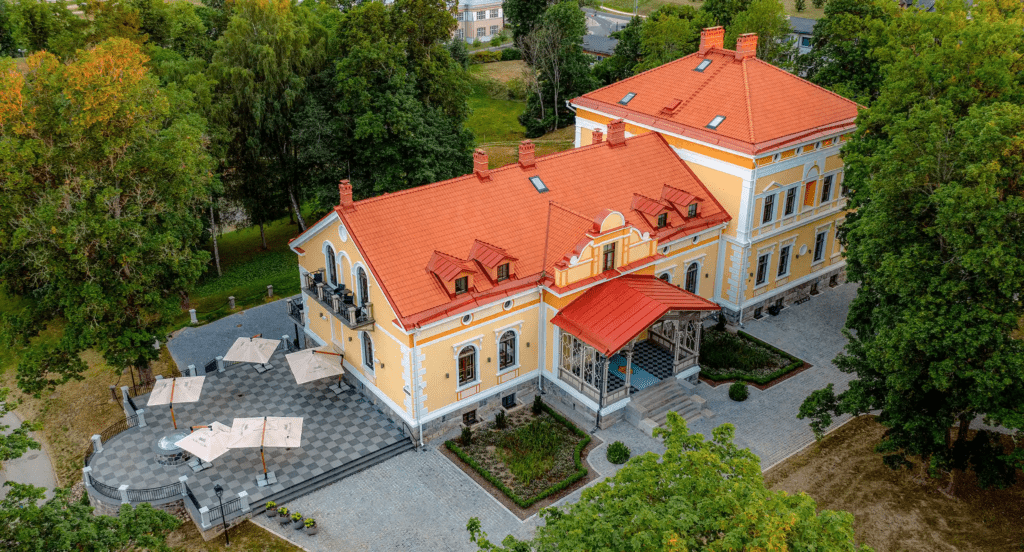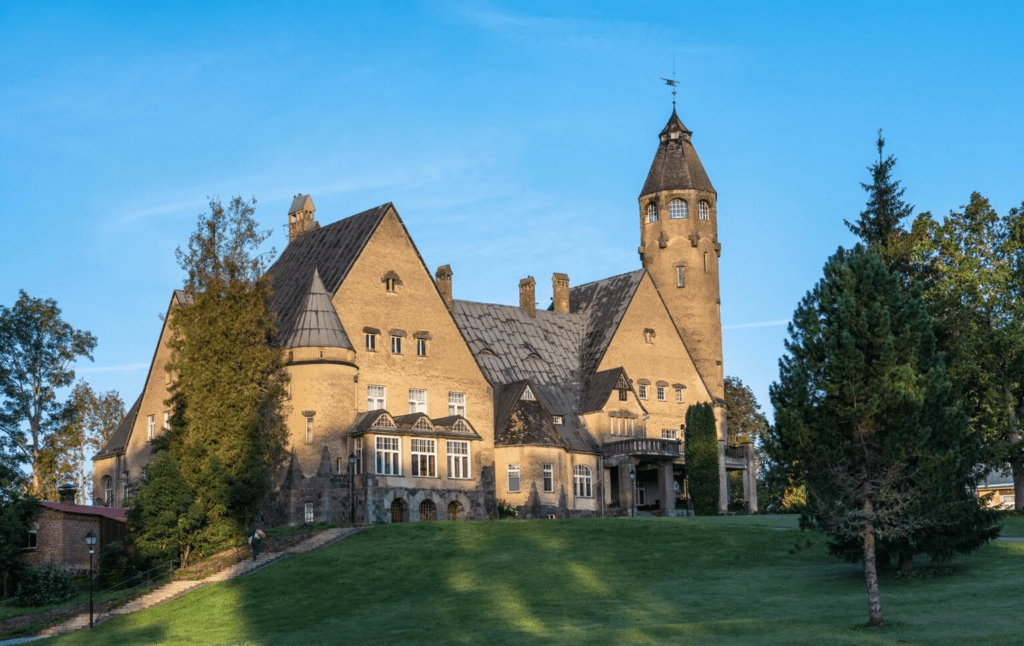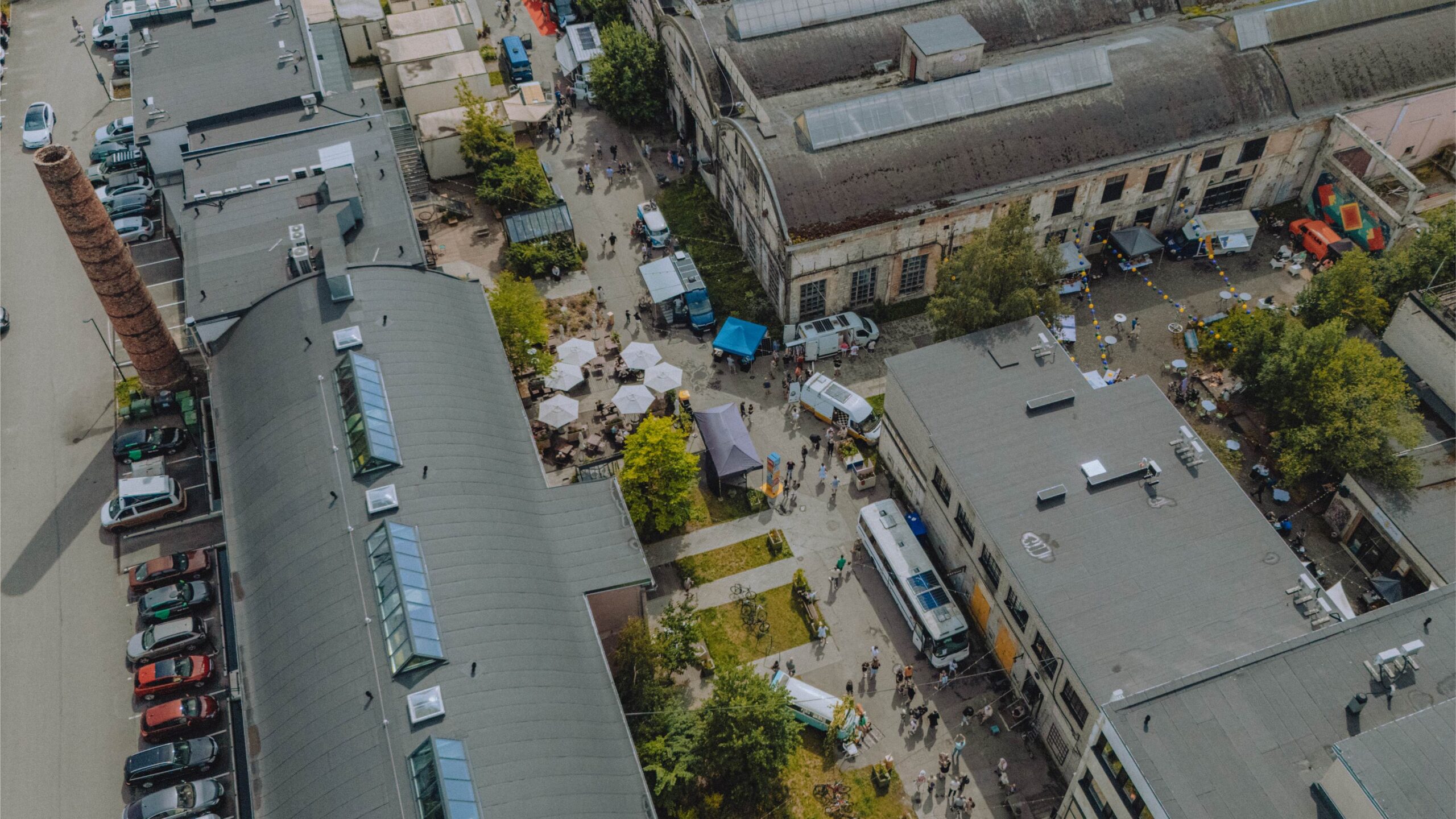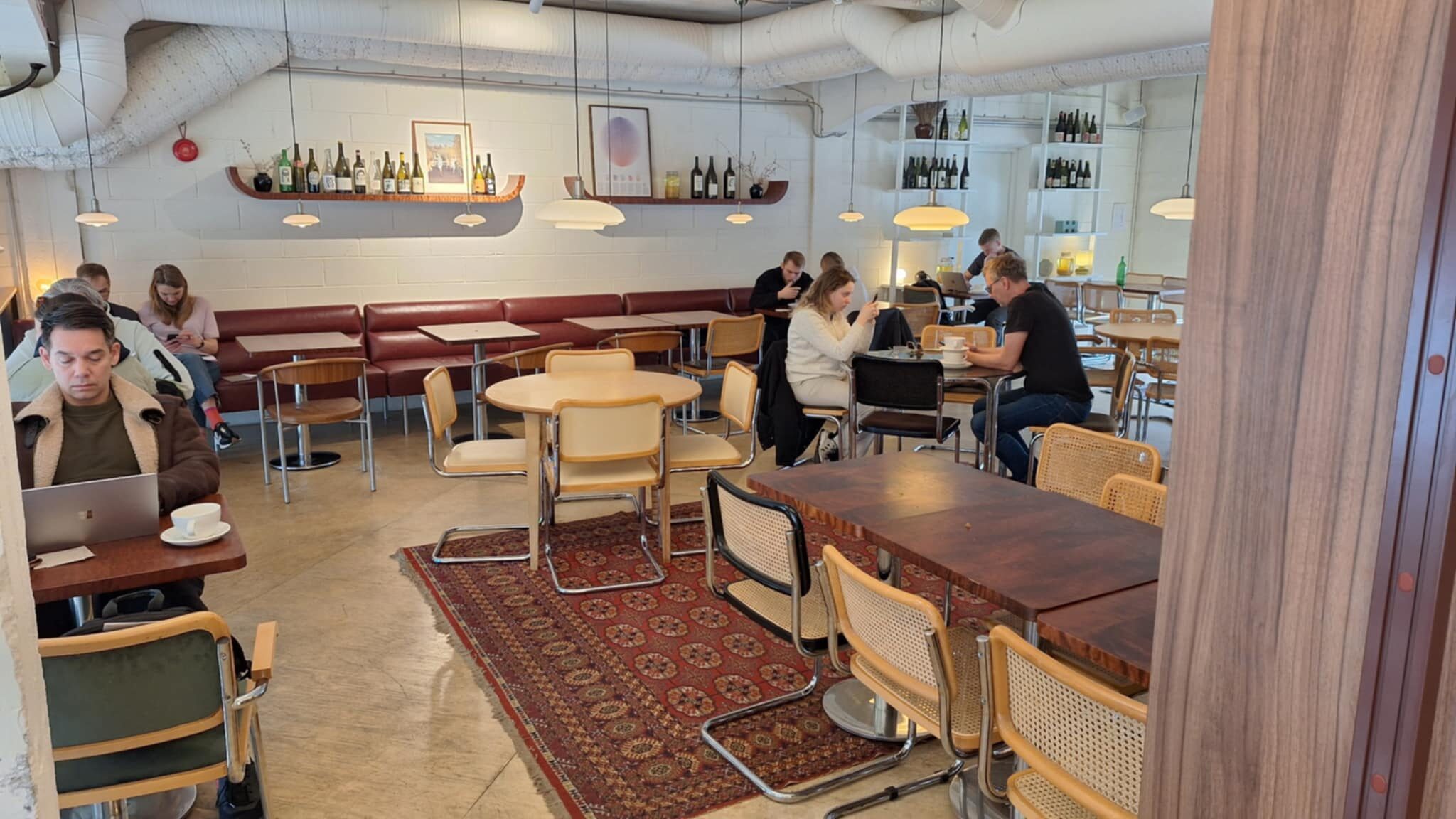The five-year budget for Tartu to prepare itself was €24.5 million. The opening ceremony for Tartu's Capital of Culture took place on January 26th, 2024.
Since 1985, the EU has been designating cities as cultural capitals. Early on, the heavy hitters were winning the designation, such as Paris (1989), Florence (1986), and Berlin (1988). But since then, two cities that want to raise their profile in Europe and the world have annually been designated a “cultural capital.” This is the second time an Estonian city has been awarded the designation, as Tallinn was awarded the title in 2011. In 2018, the cities of Tartu and Narva bid on being awarded the European Capital of Culture for 2024, and Tartu won the designation. In general, cities are given five years to prepare for their year as a capital of culture. The five-year budget for Tartu to prepare itself was €24.5 million. The opening ceremony for Tartu's Capital of Culture took place on January 26th, 2024.
In other words, if you're planning on travelling to Estonia this summer, make sure you plan a trip to Tartu. It's easy to reach by a modern, comfortable train from Tallinn (the trip is just over two hours, but try and pre-book a seat on the train). Alternatively, there are luxurious buses from Tallinn to Tartu running numerous times each day. Or ask your Estonian relative to drop you off in Tartu in exchange for a box of Tim Horton donuts 😉

Visit tartu2024.ee/en for a thorough list of cultural events and activities going on in Tartu and southern Estonia. Try something you could never do in Canada, like seeing Bryan Adams in concert on July 7th, 2024, at the Tartu Song Festival grounds 😉
But once you have taken the plunge and are in Tartu, why stop there? Explore some weekend getaways in southern Estonia.
If you have relatives in Viljandi or your ancestors were from Viljandi, spend a weekend or long weekend there. There are a couple of lovely hotels in the area. Live the life of a lord or lady of a manor house (“mõis” in Estonian). Try Schloss Fellin, an immaculately restored manor house in the centre of Viljandi (prices start at €240 or CAD 360 per night).

Fellin is the old Baltic-German name for Viljandi and restaurant Fellin is one of the few restaurants outside of Tallinn to receive an honourable mention from the Michelin Guide.
If this doesn't fit your budget, have a drink or dinner at the main floor restaurant, or go downstairs to the café. The author has had dinner in the main restaurant and lunch in the café — both very enjoyable experiences. Also, a very nice restored hotel in the centre of Viljandi is Park Hotell. The author has stayed there and can attest to quality rooms, food, and drinks. But friendly service is not their strong point (“you arrived an hour early and your room is ready, but we will charge you extra to let you in”). Fellin is the old Baltic-German name for Viljandi and restaurant Fellin is one of the few restaurants outside of Tallinn to receive an honourable mention from the Michelin Guide. The author agrees with Michelin's opinion.

If you plan on traveling east of Tartu, try and stay at Alatskivi Castle (yes, another manor house). It has very few rooms, so book early. The author has stayed there and enjoyed the experience, including a very nice dinner in Alatskivi's restaurant.

If you plan to travel south from Tartu, think about driving 60 kilometres to Võru, where you can stay at the Kubija Hotel and Nature Spa. This is not a five star spa, so expect more reasonable prices. Even author Vello Vikerkaar has stayed here. After spending a week or two with your Estonian relatives, you might need some serious spa pampering.

It was nationalized by the Estonian state after Estonia's de facto independence and served as a sanatorium for tuberculosis patients from 1923 to 1982.
If after Tartu you are moving westward or towards Pärnu, think about stopping off at one of Estonia´s premier hotels/spas: Wagenküll Hotel and Spa. The author has stayed here and strongly recommends staying in the castle proper and not the so-called “Park House.” It's also worth noting that the spa was first-rate. The well-preserved art nouveau-style manor house or castle (completed in 1912) has a fascinating history that is not mentioned on the hotel's homepage. It was nationalized by the Estonian state after Estonia's de facto independence and served as a sanatorium for tuberculosis patients from 1923 to 1982. After that, alcoholism was treated there from 1983 until 2001, when the facility was euphemistically referred to as a psychiatric hospital. By 2002, the manor house had been privatized by a group of local businessmen and was turned into a hotel and conference centre. One of the owners then bought out the other local co-owners, invested heavily, and added a spa to the hotel.
In other words, there is no shortage of interesting places to spend a long weekend around Tartu and indulge your secret fantasy of living the dissolute and wicked life of a Baltic-German baron or baroness.



